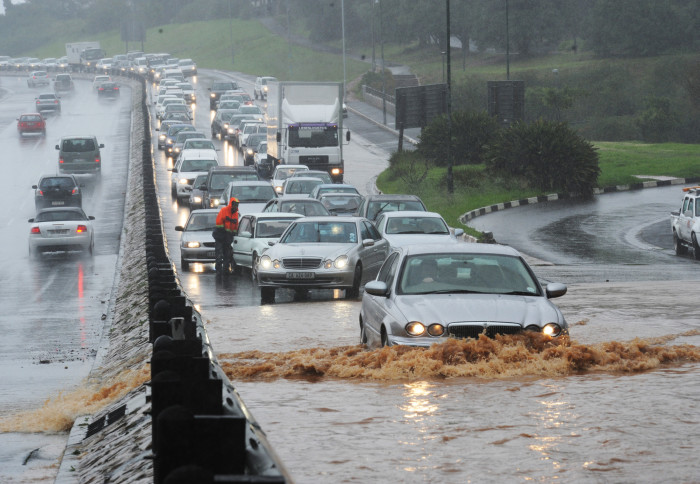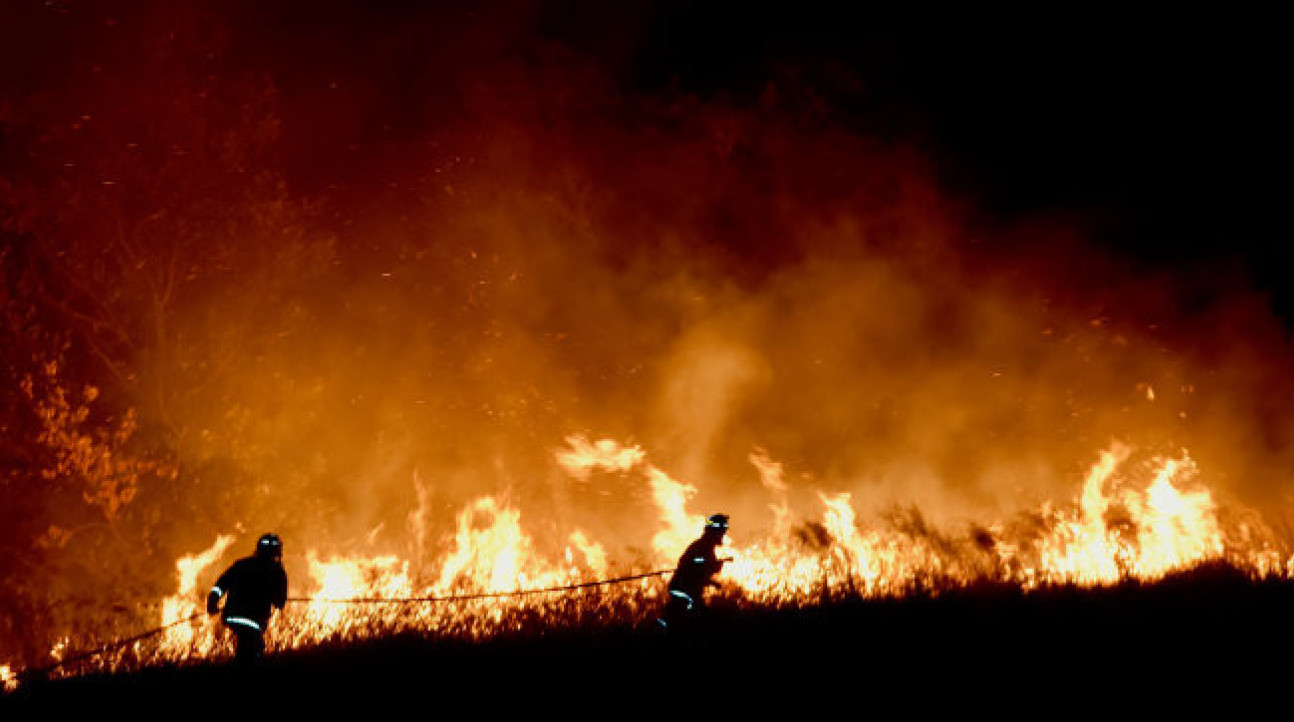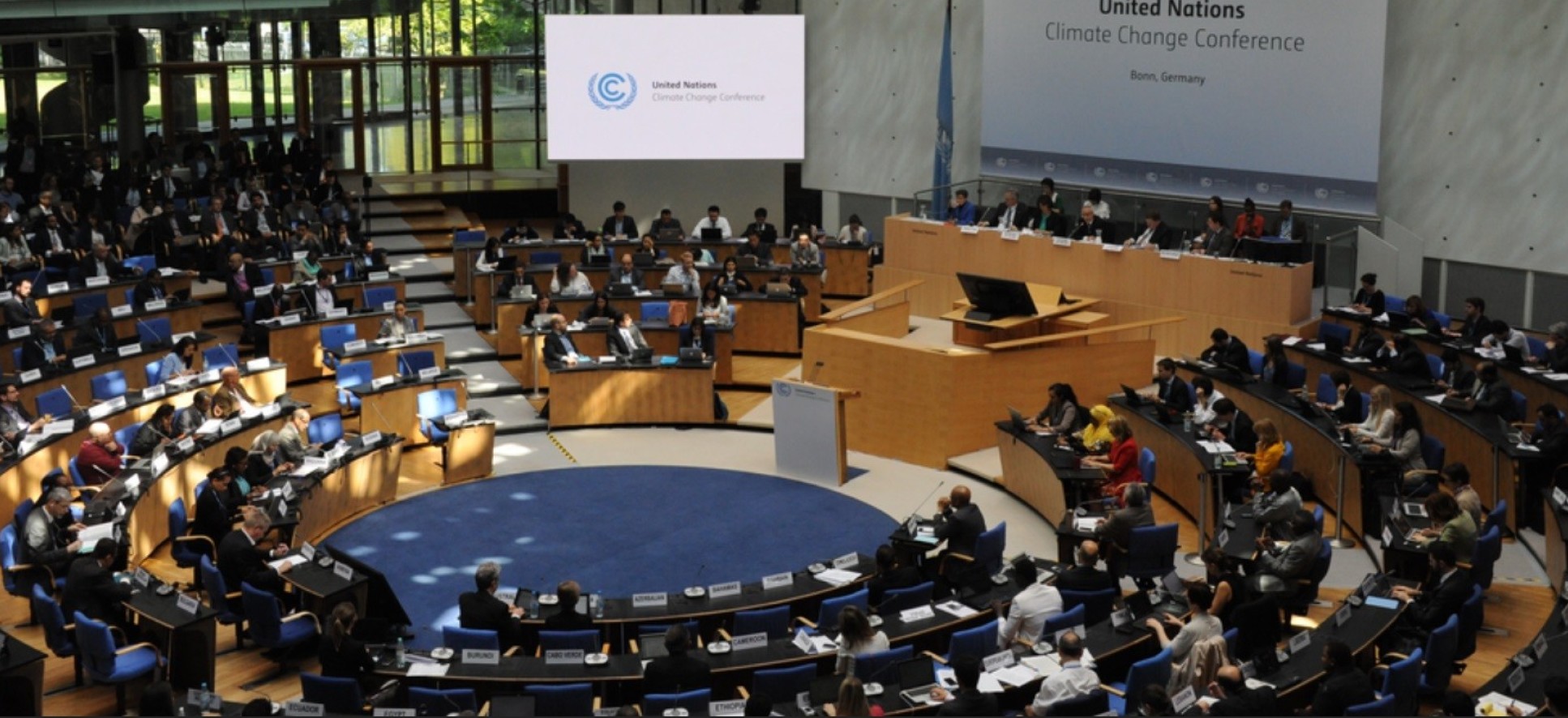Major new report shows widespread, rapid and intensifying climate change
by Simon Levey

Heavier than usual rainfalls are a consequence of climate change seen around the world
Rapid and sustained cuts to greenhouse gas emissions are the only way to limit sea level rise, heatwaves, droughts and fires, say its authors.
More than 14,000 studies, recently acquired data on extreme weather events, improved computer models and new evidence on the impact of greenhouse gases on global warming have confirmed scientists' previous findings about climate change.
Changes in the Earth’s climate have been observed in every region and across the whole climate system, many of them unprecedented in thousands or hundreds of thousands of years. Some of the changes already set in motion – such as continued sea level rise – will be irreversible over the coming hundreds to thousands of years.
The greater weight of evidence has confirmed the trend, as expected, and it's not really good news. Dr Joeri Rogelj Report author and Director of Research at the Grantham Institute
However, rapid and sustained cuts in the production of carbon dioxide (CO2) and other greenhouse gases would limit climate change, and new findings agreed that net-zero targets to balance out CO2 emissions by the middle of the century would likely be effective in halting further warming.
Although it could take 20-30 years for global temperatures to stabilise because the warming emissions from human activities including transportation, industry, agriculture and energy generation cannot be cut to zero overnight, benefits for air quality would come quickly, according to the latest Intergovernmental Panel on Climate Change (IPCC) Report, released today.
Climate Change 2021: The Physical Science Basis, the 6th Assessment Report by IPCC Working Group I was approved on Friday by all 195 member governments of the IPCC. Hundreds of top scientists have been involved in writing and reviewing the report, including Imperial College London's Dr Joeri Rogelj, Director of Research at the Grantham Institute - Climate Change and the Environment, and Professor Joanna Haigh CBE, Distinguished Research Fellow in Atmospheric Physics.
Although IPCC reports strictly avoids making recommendations for policymakers, representatives from the 195 governments were involved in approving a set of summary messages that will guide future policies and discussions at the upcoming United Nations Climate Change Conference (COP26) taking place in Glasgow later this year.
Faster warming
The new report builds on data presented in 2018 where scientists established how the world would be affected by global warming averaging 1.5 °C above the temperatures in 1890 - when the industrial revolution started burning fossil fuels on a major scale and pumping greenhouse gases into the atmosphere.
It provides new estimates of the chances of crossing the global warming level of 1.5°C in the next decades, and finds that unless there are immediate, rapid and large-scale reductions in greenhouse gas emissions, limiting warming to close to 1.5°C or even 2°C will be beyond reach.
While 1.5°C and 2°C are not scientifically significant temperatures, they are the political goals set by the Paris Agreement, the international accord that governments signed up to in 2015 after the UN Climate Change Conference that year in the French capital.
 Dr Joeri Rogelj, Director of Research at the Grantham Institute at Imperial, and a lead-author of the new IPCC report said at a press conference: "The science we assessed in the 2018 IPCC Special Report into Global Warming of 1.5°C has been shown to be very robust after full assessment by hundreds of authors and many studies. The greater weight of evidence has confirmed the trend, as expected, and it's not really good news."
Dr Joeri Rogelj, Director of Research at the Grantham Institute at Imperial, and a lead-author of the new IPCC report said at a press conference: "The science we assessed in the 2018 IPCC Special Report into Global Warming of 1.5°C has been shown to be very robust after full assessment by hundreds of authors and many studies. The greater weight of evidence has confirmed the trend, as expected, and it's not really good news."
Today's report shows that emissions of greenhouse gases from human activities are responsible for approximately 1.1°C of warming since 1850-1900, and finds that averaged over the next 20 years, global temperature is expected to reach or exceed 1.5°C of warming.
Every region facing increasing changes
Many characteristics of climate change directly depend on the level of global warming, but what people experience is often very different to the global average. For example, warming over land is larger than the global average, and it is more than twice as high in the Arctic.
For the first time, the Sixth Assessment Report provides a more detailed regional assessment of climate change, including a focus on useful information that can inform risk assessment, adaptation, and other decision-making, and a new framework that helps translate physical changes in the climate – heat, cold, rain, drought, snow, wind, coastal flooding and more – into what they mean for society and ecosystems.
 Professor Joanna Haigh CBE, Distinguished Research Fellow in Atmospheric Physics and a reviewer of the IPCC report, said: "Recently, the UK has experienced severe flooding that has submerged roads and created havoc for hospital and transport systems, as well as unseasonable and sweltering high temperatures. It is in this context that the IPCC today publishes a report providing even greater evidence of the role of human produced greenhouse gases in causing global heating – it is 'unequivocal'."
Professor Joanna Haigh CBE, Distinguished Research Fellow in Atmospheric Physics and a reviewer of the IPCC report, said: "Recently, the UK has experienced severe flooding that has submerged roads and created havoc for hospital and transport systems, as well as unseasonable and sweltering high temperatures. It is in this context that the IPCC today publishes a report providing even greater evidence of the role of human produced greenhouse gases in causing global heating – it is 'unequivocal'."
"Governments must rapidly introduce policies and measures to reduce emissions by around 50% over the rest of this decade to avoid an ongoing breach of the 1.5°C target, which is still possible, but only just," she continued.
The report projects that in the coming decades climate changes will increase in all regions. For 1.5°C of global warming, there will be increasing heatwaves, longer warm seasons and shorter cold seasons. At 2°C of global warming, heat extremes would more often reach critical tolerance thresholds for agriculture and health, the report shows.
Human influence on the past and future climate
The report shows that human actions still have the potential to determine the future course of climate. The evidence is clear that CO2 is the main driver of climate change, even as other greenhouse gases and air pollutants also affect the climate, and the report calls this human cause 'unequivocal' - using unprecedentedly strong language.

However, seeing the recent effects of heatwaves, droughts and wildfires across the globe would scientists expect to see unprecedented action?
Dr Rogelj said: "The report doesn't predict the future, instead it tells us that bringing down CO2 emissions to net zero would stop warming, and if we do so rapidly until mid-century this warming could be halted around 1.5°C. With the report, it is now also clear that reaching net zero greenhouse gas emissions – a target under the Paris Agreement – would lead to a global warming plateauing first and then gradually declining.”
“Currently, all of this is of course hypothetical, because global emissions are still on the rise, which highlights the urgency of governments coming forward with improved reduction targets in November at COP26 in Glasgow."
The report and its summary for policymakers highlights for the first time the risk of greenhouse gases other than CO2 - such as methane. Professor Haigh says: "Key to keeping 1.5C ‘alive’ will be a marked reduction in the release of highly-potent methane emissions, which could rapidly slow temperature rise."
It also downplays untested ideas of using solar geoengineering, the name for a range of prospective technological fixes that aims to block out some solar energy to limit the sun's warming effect. And following recent research that contributed to the IPCC Report, Professor Haigh called solar geoengineering "not a sensible rescue plan" for the planet.
Hope for the UN Climate Change Conference
The UN Climate Change Conference (COP26) will be a landmark event where people and societies, businesses and governments commit to reducing greenhouse gas emissions and preventing irreversible damage to the planet.
The upcoming conference will be hosted by the United Kingdom government and held in Glasgow in November 2021. It marks a pivotal moment for the world’s nations to reinvigorate their targets for tackling climate change.
Professor Haigh says: "The window is still open for governments to avoid the worst impacts and risks and to secure a strong outcome at COP26 just three months away – but this will depend on nations coming forward ahead of the summit to put in place robust emission reduction plans for the next decade. This window won’t remain open for much longer."
Find out more about Imperial and COP26 on the Grantham Institute's dedicated webpage.
Dr Rogelj says: "Our activities have changed the planet, and it will be our activities that decide where we end up over the next centuries. We understand what needs to happen so the message from scientists and this report is hopeful but urgent."

Regional climate change impacts
Authors of the IPCC Report highlight the following regional effects of climate change that are both happening now, or where the likelihood of them happening once in ten or fifty years has increased:
- Climate change is intensifying the water cycle. This brings more intense rainfall and associated flooding, as well as more intense drought in many regions.
- Climate change is affecting rainfall patterns. In high latitudes, precipitation is likely to increase, while it is projected to decrease over large parts of the subtropics. Changes to monsoon precipitation are expected, which will vary by region.
- Coastal areas will see continued sea level rise throughout the 21st century, contributing to more frequent and severe coastal flooding in low-lying areas and coastal erosion.
- Extreme sea level events that previously occurred once in 100 years could happen every year by the end of this century.
- Further warming will amplify permafrost thawing, and the loss of seasonal snow cover, melting of glaciers and ice sheets, and loss of summer Arctic sea ice.
- Changes to the ocean, including warming, more frequent marine heatwaves, ocean acidification, and reduced oxygen levels have been clearly linked to human influence
- These changes affect both ocean ecosystems and the people that rely on them, and they will continue throughout at least the rest of this century.
- For cities, some aspects of climate change may be amplified, including heat (since urban areas are usually warmer than their surroundings), flooding from heavy precipitation events and sea level rise in coastal cities.
This report contains information written by the IPCC press office, and quotes provided by Dr Joeri Rogelj at a press briefing by the Science Media Centre on 8 August 2021.
Article text (excluding photos or graphics) © Imperial College London.
Photos and graphics subject to third party copyright used with permission or © Imperial College London.
Reporter
Simon Levey
Communications Division